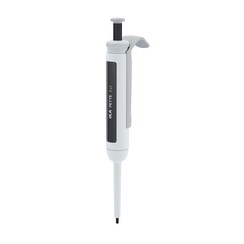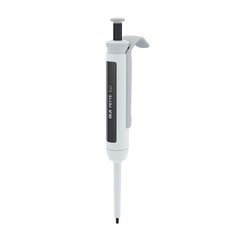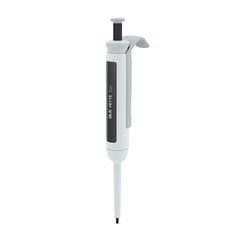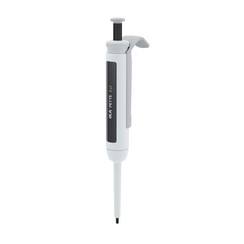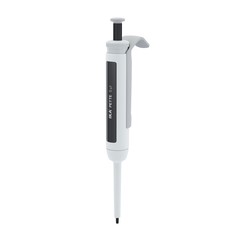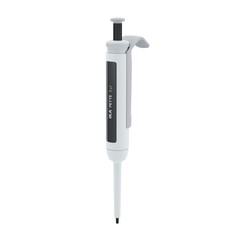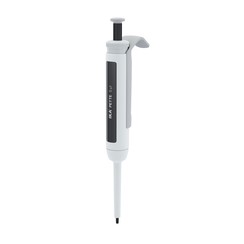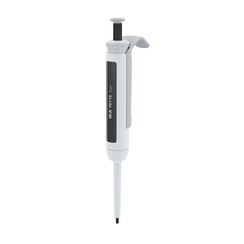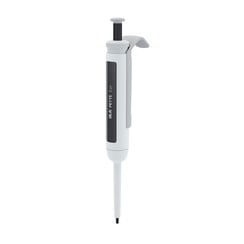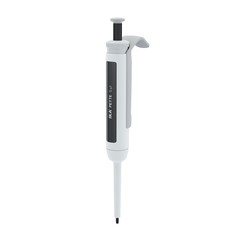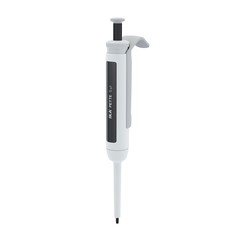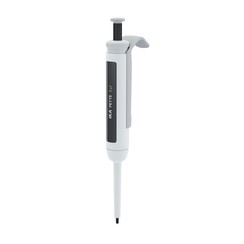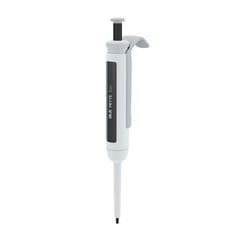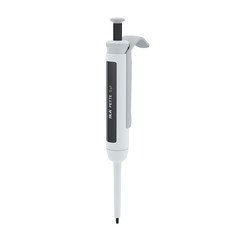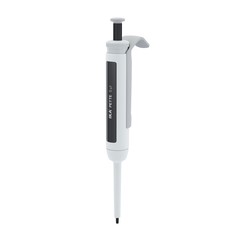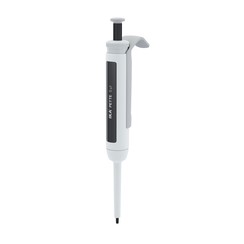You have no items in your shopping cart
Microliter pipettes
In laboratories and research facilities, accurate and consistent fluid dosing is paramount. This is where the microlitre pipettes come in, an essential tool for measuring and transferring extremely small volumes of liquids. In this text we will explore the significance and importance of microlitre pipettes in laboratory settings and how they are indispensable in performing complex experiments and analyses.
1. Definition of Microlitre pipettes:
Microliter pipettes are precision instruments used to measure and transfer very small volumes of liquids. They are designed to dose volumes in microliter (µL) or microliter ranges, enabling lab professionals to achieve accurate and repeatable results in sensitive assays and experiments.
2. Accuracy and Precision:
One of the most critical aspects of microlitre pipettes is their ability to measure extremely accurate volumes. With the ability to pipette down to the microlitre level, researchers can maintain exceptional precision even with the smallest volumes, which is vital for obtaining reliable data and results.
3. Applications in Life Sciences:
In life sciences such as molecular biology, genetics and cell culture, microliter pipettes are indispensable. They are used in reaction mix preparation, PCR (polymerase chain reaction), DNA sequencing, protein analysis, and other sensitive techniques where minimal changes in fluid volumes can have a major impact on results.
4. Chemical Analysis and Drug Development:
In the pharmaceutical industry, microlitre pipettes play a vital role in dosing and mixing chemicals for analytical testing and in the development of new drugs. The precision of microlitre pipettes helps minimize variability and ensures consistent results throughout research and production.
5. Quality and Ergonomics:
Modern microlitre pipettes are designed with an emphasis on quality, ergonomics and ease of use. Many models have adjustable volume buttons and ergonomic handles to enable comfortable and fatigue-free working, even during prolonged use.
6. Different Versions and Functionalities:
Microliter pipettes are available in a variety of designs, including single-channel and multi-channel (multi-channel) models. Multichannel pipettes allow simultaneous pipetting of multiple samples, increasing efficiency and productivity at high throughputs.
Conclusion:
Microliter pipettes are essential tools in laboratory environments, where precision, consistency and reliability are paramount. They play an invaluable role in dosing and transferring small volumes of fluids, which is critical for sensitive analysis and experimentation in life sciences, pharmaceuticals and other research disciplines. With their ability to pipette at the microlitre level, microlitre pipettes contribute to the advancement of scientific research and development by making the results and data obtained extremely reliable and reproducible.

